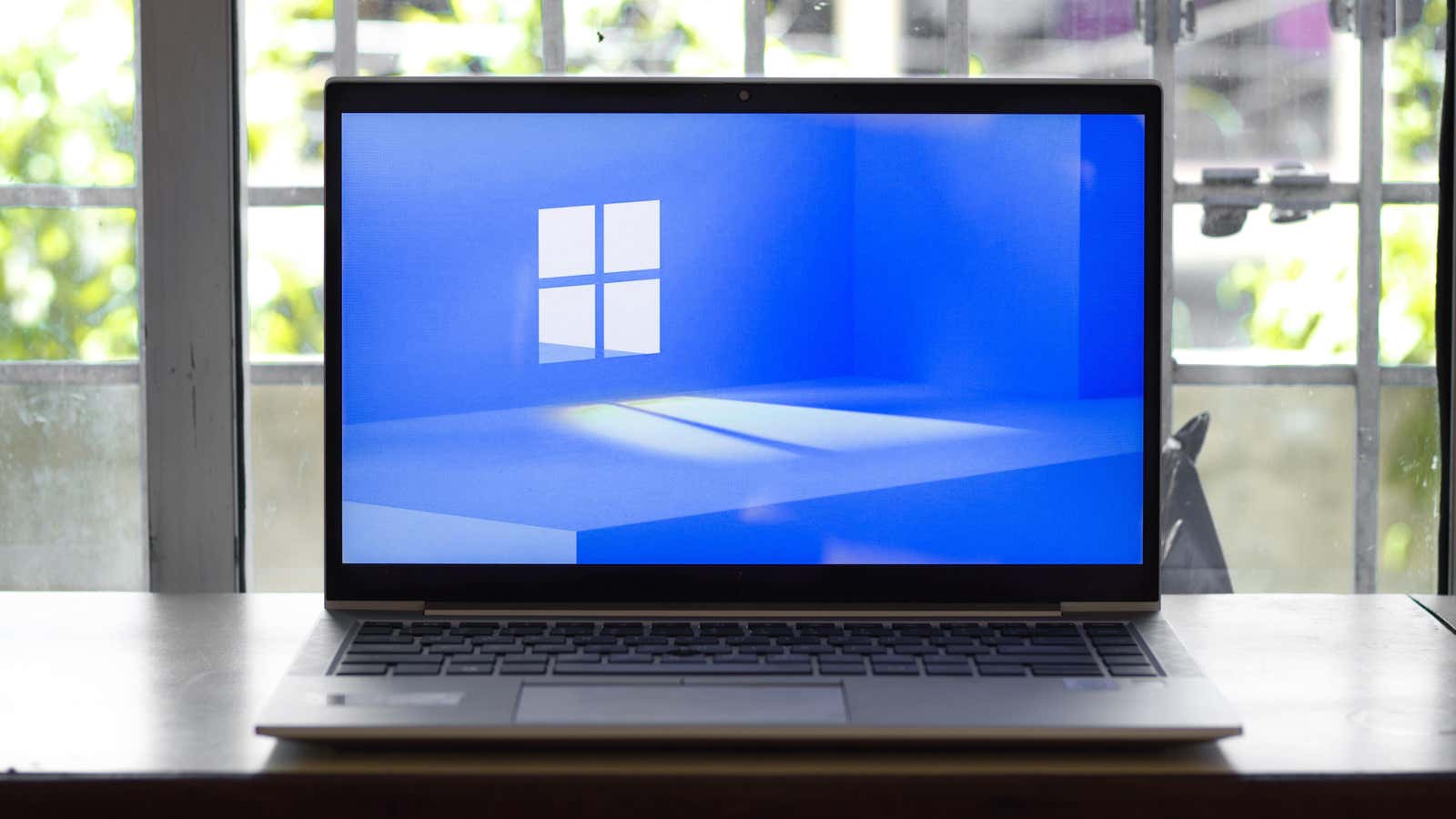The Easiest Way to Stop Your Windows PC From Going to Sleep

Windows PCs and laptops automatically go to sleep when you’re not using them. This is good: it helps save battery power and prolongs the life of your computer. But sometimes you don’t want it to go to sleep, maybe because you want to run a background scan overnight or want to download a huge file.
Of course, you can go to “Settings” to turn off the sleep settings completely. But there’s a much better way to do it with Microsoft’s own PowerToys tool. This tool includes a feature called Wake Up and it does two things really well. It allows you to completely disable sleep mode right from the system tray, as well as suspend sleep mode temporarily without even touching the Settings app. Here’s how it works.
To get started, go to the PowerToys GitHub page and download the latest software. This app is currently available in preview for Windows 10 and Windows 11 users and is stable enough for everyday use. Once installed, open it from the system tray (launching the application itself does nothing). In the sidebar, select the Wake up option and click the radio button next to the Enable wake up feature.
You can customize the behavior of this feature in the PowerToys window itself, but there is a better and faster way – with a special taskbar wake -up icon added to the taskbar. Right-click the taskbar and select the desired mode. To disable hibernation, use the ” Stay awake indefinitely ” option. If you only want to turn it off temporarily, use the Temporarily stay awake option and then select a time period of 30 minutes, an hour, or two hours.
However, the mode setting does not actually enable this feature. To do this, you need to click the ” Leave the screen on ” button. Your Windows PC will now not sleep, no matter what background process is running.
If you don’t want to use PowerToys anymore (or if it’s not reliable enough for you), you can always go back to the old ways. To prevent your Windows PC from going to sleep indefinitely, go to Settings > System > Power & Sleep > Sleep on your Windows 10 PC. If you’re using Windows 11, go to Settings > ” System > Power & Battery > Screen & Sleep > Sleep .